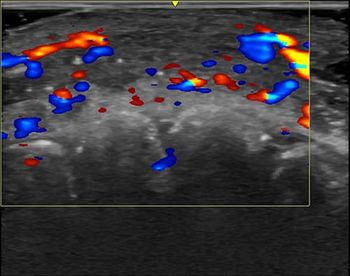
PACS and the corporate gestalt
By Greg Freiherr, Editor, gfreiherr@cmp.comToday's equipment reflects manufacturers' philosophies about how medicine is practiced. This overview has become a prerequisite of
By Greg Freiherr, Editor,
Today's equipment reflects manufacturers' philosophies about how medicine is practiced. This overview has become a prerequisite of techno-evolution, as developers look for ways to improve their products. Whereas engineers once did the doable, creating machines that addressed the furthest reaches of technological capability, they now consider ergonomics and workflow as integral elements of the design.
Differences in design are most apparent in areas where technology has made the greatest gains. PET/CT hybrids are optimized for dual-modality scanning, but these machines also reflect economic and clinical realities by allowing separable operation of the PET and CT components. In CT, vendors are filling the incremental gaps above and below the quad-slice scanners initially introduced, producing multislice scanners over a range of price points and performance levels suited to the needs of just about every buyer.
PACS epitomizes techno-evolutionary thought. PACS automates erstwhile manual steps of recording, storing, and transmitting information. Lately, PACS installations have been crafted with algorithms drawn from human processes of information processing. Not surprisingly, it is here that the impact of corporate ideology--and the potential for opportunity--may be greatest.
While the clinical needs and workflow demands of institutions largely shape the choice of hybrid scanners and multislice CTs, workflow at individual institutions has only limited impact on the choice of a PACS. Only rough indicators, such as the annual number of procedures and the types of modalities, are being factored in. Scalability often is the common denominator of product offerings, and customers as individual vendors impose a singular philosophy or approach on multiple products differentiated primarily by their ability to handle a volume of work.
In this market, the wise buyer looks at the constructs built into these systems, the philosophy behind them, and the training and support programs that turn machines into clinical practice.
The opportunity exists for companies to identify the best and brightest PACS and to use acquisitions to build these offerings into a product line with multiple offerings tailored to different needs. It will require flexibility in corporate philosophy and a dedication to the broader goals of medical practice. But doing so could be a boon for customer and corporation alike.
Newsletter
Stay at the forefront of radiology with the Diagnostic Imaging newsletter, delivering the latest news, clinical insights, and imaging advancements for today’s radiologists.




























